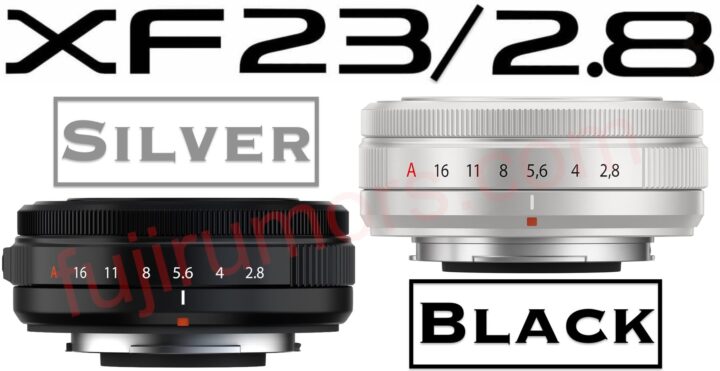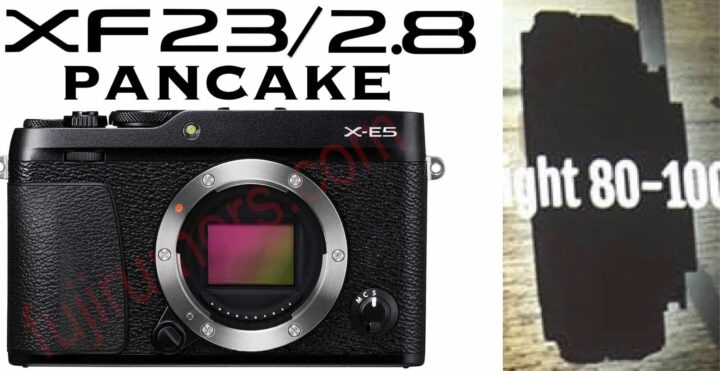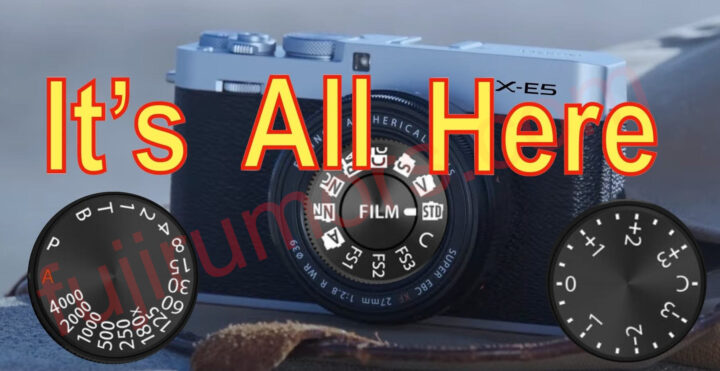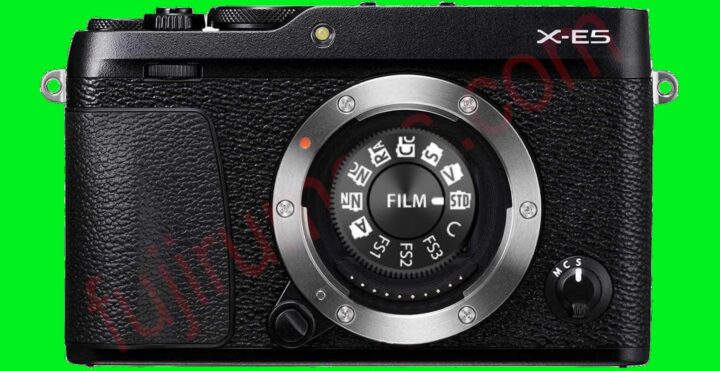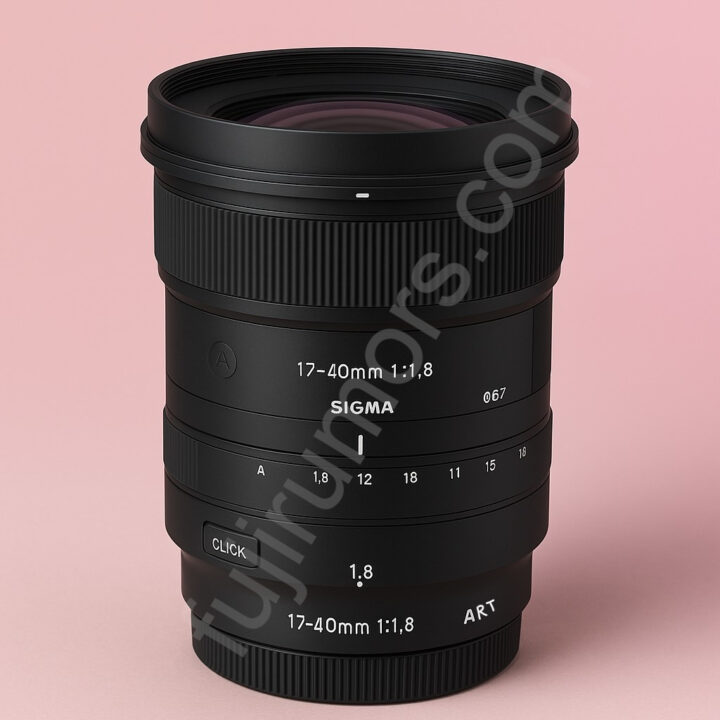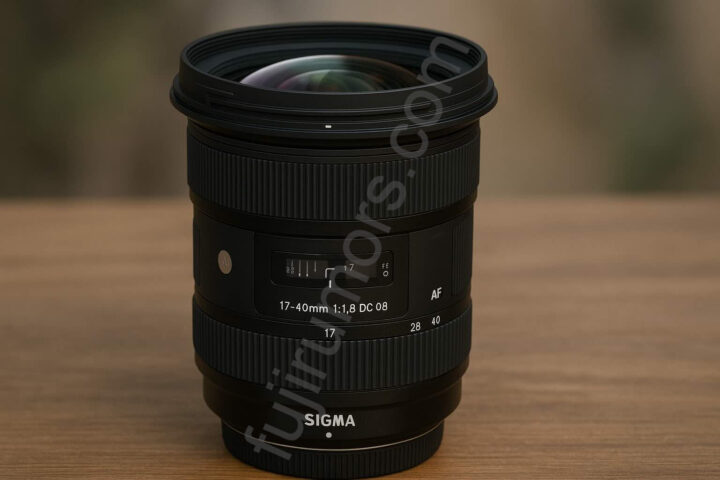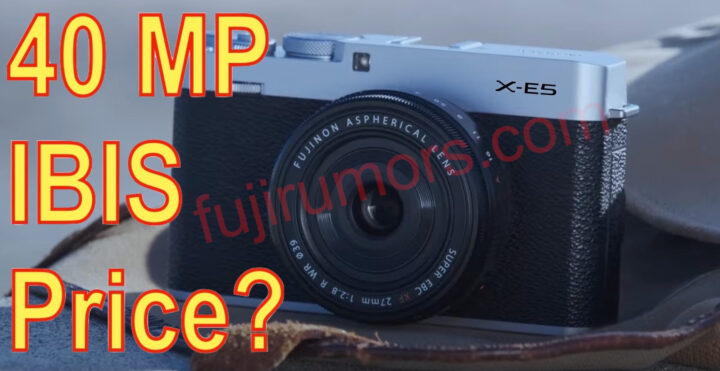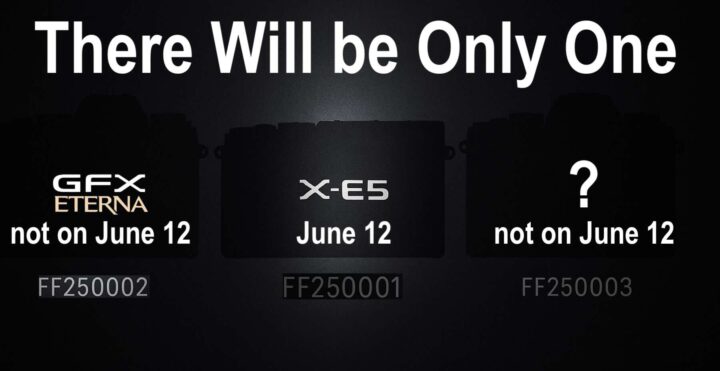
The… Rumor… (Sort of..)
So we know, Fujifilm has currently registered three unreleased cameras:
- FF250001 – Fujifilm X-E5 (maybe not? important note at the bottom)
Multi-frequency Wireless
- FF250002 – Fujifilm GFX Eterna
Multi-frequency Wireless
- FF250003 – unknown
Single Frequency Wireless
Recently, the Chinese weibo account E8M claimed he received information that two new Fujifilm cameras will be announced within the next three weeks – see here.
Well, to my knowledge that’s not correct.
From what I know, only one X/GFX camera will be announced in that timeframe: the Fujifilm X-E5.
E8M also reported that both FF250003 and FF250001 have appeared in the Bluetooth certification database – see here -, and that this implies both cameras are launching soon.
But again — to my knowledge — that’s not the case.
I have huge respect for E8M, because he is the best in spotting camera registrations that are made public on the internet for everyone and this is why I follow him with great dedication.
However, when it comes to rumors, I’d take them with a grain of salt.
As a reference in regards to E8M rumors, check out this list of rumors here and the rumors about the new X-Trans V sensor.
So, I invite everyone to follow E8M since he is fantastic, but take his “rumors” with a grain of salt.
But of course take also my rumors with a grain of salt. It’s all just rumors and I can be wrong too. With that said… just trust me ;).
An Instax?
Bottom line: in terms of X and GFX gear, only the X-E5 will be coming in the next few weeks.
As for other gear like a new Instax camera — maybe. That’s possible. But Instax models usually don’t appear under “FF…” registrations, so that’s a different story.
The True Question – Fujifilm X-T6 and Co?
More interesting, however, is a question raised by FR-reader Mistral:
Could it be that FF250003 (with single-band Wi-Fi) is actually the Fujifilm X-E5, and FF250001 (with dual-band Wi-Fi) refers to an entirely different, possibly higher-end camera?
That’s a possibility. If that’s the case, then FF250001 might not be the Fujifilm X-E5 after all — and that could open the door again for exciting high-end cameras like the Fujifilm X-T6, Fujifilm X-Pro4, Fujifilm X-H3, or Fujifilm X-H3S to arrive later in 2025.
But as of now, my best bet is that the FF250001 is the Fujifilm X-E5.
Follow FujiRumors on Patreon, Facebook, Instagram, RSS-feed, Youtube, Flipboard and Twitter

